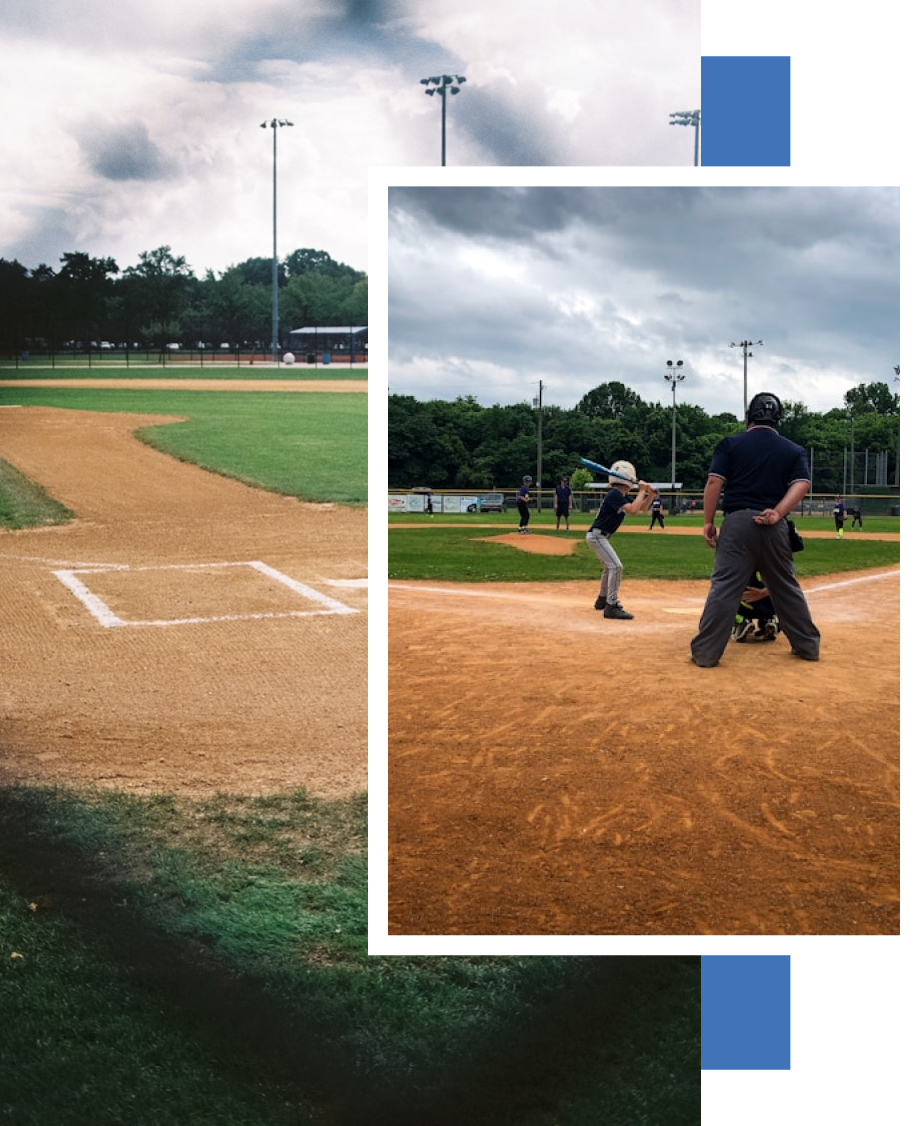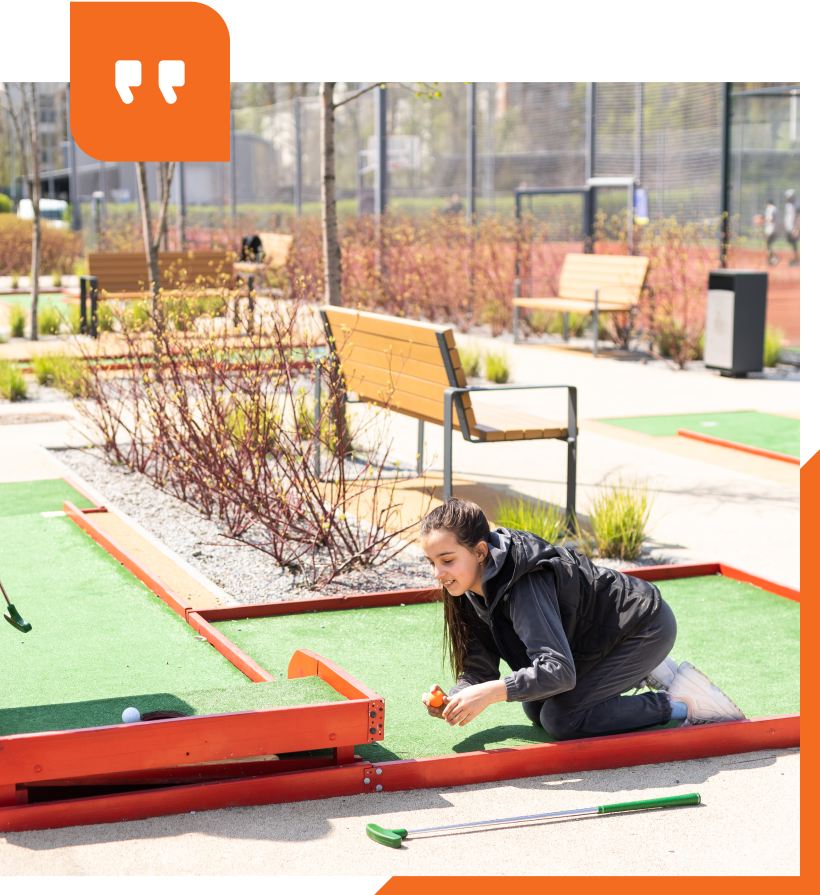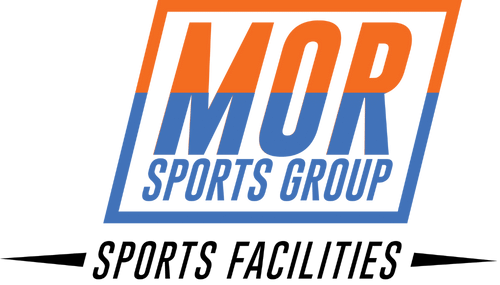
Resurfacing
Baseball Field Resurfacing in Florida
Mor-Sports Group specializes in expert baseball field resurfacing across Florida, enhancing playability, safety, and field longevity. Our team uses premium materials and proven techniques to restore fields to peak condition, whether they’re natural grass or synthetic turf. From repairing worn-out areas to improving drainage and re-leveling surfaces, we ensure your field remains resilient and game-ready. Trust Mor-Sports Group for reliable resurfacing that extends the life of your baseball field and elevates the experience for players and fans alike.
Importance of Resurfacing for Baseball Field
Regular resurfacing is essential for maintaining a safe and playable baseball field, as it addresses wear and tear, improves drainage, and enhances overall performance, ensuring a quality experience for players and reducing the risk of injuries.
Safety
Regular resurfacing reduces the risk of injuries by eliminating uneven surfaces, holes, and worn areas that can cause players to trip or fall.
Playability
A well-maintained surface provides better traction and stability, allowing for optimal performance during games and practices.
Longevity
Regular resurfacing extends the life of the field, delaying the need for costly complete renovations.
Better Drainage
Resurfacing helps improve drainage systems, preventing water accumulation and ensuring the field remains playable after rain.
Aesthetic
A freshly resurfaced field enhances the visual appeal of the facility, creating a more inviting environment for players and spectators alike.
Cost-Effective
Proactive resurfacing can save money in the long run by preventing more extensive damage and repairs that may arise from neglect.
When to Consider Resurfacing Your Baseball Field
Resurfacing is essential for maintaining a quality playing surface. Learn the signs that indicate it's time to invest in field restoration.
Uneven Surface
If the field has noticeable bumps, depressions, or uneven areas, it can affect gameplay and increase the risk of player injuries, signaling a need for resurfacing.
Bare Spots or Thinning Grass
Areas of bare dirt or thinning grass can lead to poor traction and performance. These spots indicate that the turf is struggling and may require resurfacing or re-sodding.
Poor Drainage
If water tends to pool in certain areas after rain or the field takes longer to dry out, this may indicate that the drainage system is failing, necessitating resurfacing to restore proper function.
Increased Wear and Tear
Visible signs of wear, such as excessive compaction, worn-out baselines, or faded turf, suggest that the field is being heavily used and may need resurfacing to maintain its quality and safety.
Baseball Field Resurfacing Process

Initial Inspection and Assessment
Our team conducts a thorough inspection of the field to identify areas of concern, including uneven surfaces, drainage issues, and worn-out turf. This assessment helps determine the necessary repairs and resurfacing approach.

Preparation of the Field
The field is cleared of any debris, equipment, and loose materials. If necessary, we mark areas that require additional attention, such as worn spots or areas needing drainage improvement.

Repair of Damaged Areas
We address any specific damage by repairing or replacing sections of turf, filling in bare spots, and fixing drainage problems to ensure a stable foundation for resurfacing.

Grading and Leveling
The field is graded and leveled to create a smooth and even playing surface, which helps improve drainage and enhances overall playability.

Installation of New Turf or Topdressing
Depending on the field's needs, we either install new synthetic turf or apply a topdressing of quality soil and grass seed to rejuvenate natural grass surfaces.

Final Inspection and Maintenance Plan
After completing the resurfacing, we conduct a final inspection to ensure all work meets industry standards. We also provide a maintenance plan to help keep the field in optimal condition moving forward.
Materials Used in Baseball Field Resurfacing
Explore the various materials utilized in the resurfacing process and how they enhance the performance and safety of the playing field.
Synthetic Turf
High-quality synthetic turf is often used for resurfacing, providing a durable, low-maintenance surface that mimics natural grass while offering consistent playability.
Natural Grass Seed
For fields with natural grass, selecting the right grass seed blend is crucial for creating a resilient playing surface that can withstand heavy use and environmental conditions.
Topdressing Soil
A mixture of high-quality topsoil, sand, and organic matter is used to improve soil quality, enhance drainage, and promote healthy grass growth during the resurfacing process.
Infill Materials
Infill materials, such as crumb rubber, sand, or a combination of both, are added to synthetic turf to provide cushioning, stability, and support for the fibers.
Baseball Field Maintenance
Proper baseball field maintenance is crucial for player safety, game quality, and field longevity. Regular upkeep ensures a smooth, well-draining surface and enhances playability, creating a professional atmosphere for players and spectators alike.
Routine Surface Grooming
Leveling and raking the infield dirt keeps it smooth and hazard-free, while occasional decompacting improves drainage and prevents puddles after rain.
Weed and Grass Control
Removing weeds and stray grass along infield edges keeps the play area clear. Safe herbicides around borders help manage weeds while preserving field quality.
Surface Cleaning
Regularly clearing dirt, leaves, and debris from baselines and dugouts maintains a game-ready field. Trim grass edges to prevent encroachment onto the infield dirt.
Inspecting for Surface Damage
Check for cracks or erosion regularly, focusing on high-traffic areas like the batter’s box and pitcher's mound to prevent wear from worsening.
Maintaining Field Borders and Fences
Keep foul lines and warning tracks in good shape to define the playing area, and check fences and dugouts for hazards to ensure safety.
Periodic Field Resurfacing
Apply topdressing as needed to refresh the infield, or consider professional resurfacing for more extensive repairs to keep the field in top condition.
Client Testimonials


★★★★★
I recently had the pleasure of working with Mor-Sports on a tennis court and pickle ball court resurfacing project. The end result was superior. This was the second time (first time by another company) the courts had been resurfaced since I managed this property and I can say there was a significant difference in the final quality of the job. The birdbaths were addressed properly and other areas of concern were dealt with great care and concern until the courts were properly prepped. Their professionalism and expertise allowed the project to progress with ease, with a beautiful end result all within a reasonable time-frame.
I would highly recommend Mor-Sports for any of your court needs.
- Debra C.

★★★★★
I have been working with Mor-Sports Group for about four years now on many projects. I continue to recommend them to other contractors and communities because of their work quality and ethics.
They have helped build the courts at East Naples Community Park, home of the Minto US OPEN PICKLEBALL CHAMPIONSHIPS and many other Pickleball events.
- Jim L.

★★★★★
Mor-Sports Group completed a large renovation project in our community's tennis court area. Their crew was respectful of the community, completed the work on time and there were no additional charges. We are getting compliments from our residents and the project turned out great! Thanks to Mor-Sports!
- Colleen M.

★★★★★
I recently had the pleasure of working with Mor-Sports on a tennis court and pickle ball court resurfacing project. The end result was superior. This was the second time (first time by another company) the courts had been resurfaced since I managed this property and I can say there was a significant difference in the final quality of the job. The birdbaths were addressed properly and other areas of concern were dealt with great care and concern until the courts were properly prepped. Their professionalism and expertise allowed the project to progress with ease, with a beautiful end result all within a reasonable time-frame.
I would highly recommend Mor-Sports for any of your court needs.
- Debra C.

★★★★★
I have been working with Mor-Sports Group for about four years now on many projects. I continue to recommend them to other contractors and communities because of their work quality and ethics.
They have helped build the courts at East Naples Community Park, home of the Minto US OPEN PICKLEBALL CHAMPIONSHIPS and many other Pickleball events.
- Jim L.

★★★★★
Mor-Sports Group completed a large renovation project in our community's tennis court area. Their crew was respectful of the community, completed the work on time and there were no additional charges. We are getting compliments from our residents and the project turned out great! Thanks to Mor-Sports!
- Colleen M.
Quick Links
Contact Details
Phone: (239) 292-3102
Email: Info@morsportsgroup.com
Address: 9401 Corkscrew Palms Circle
Estero, FL 33928
All Rights Reserved | Site by Spearlance
Terms and Conditions | Privacy Policy

